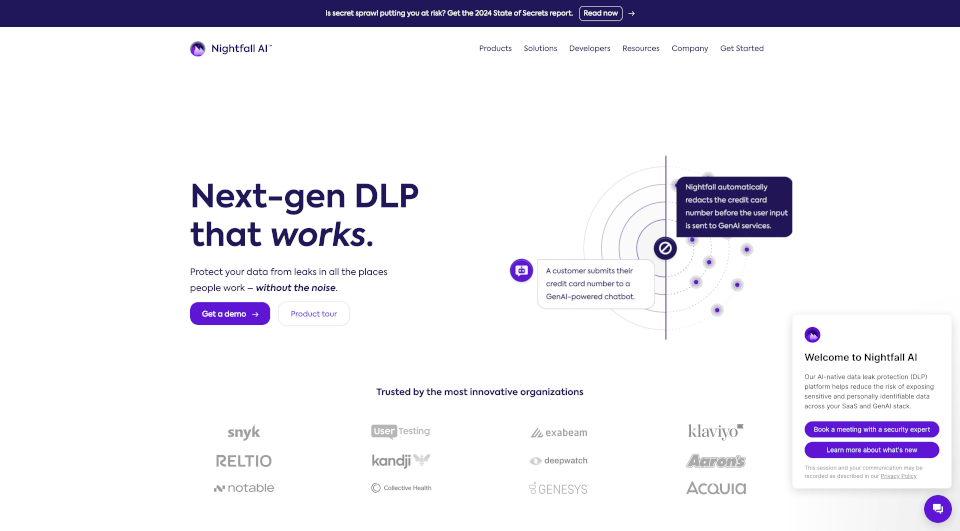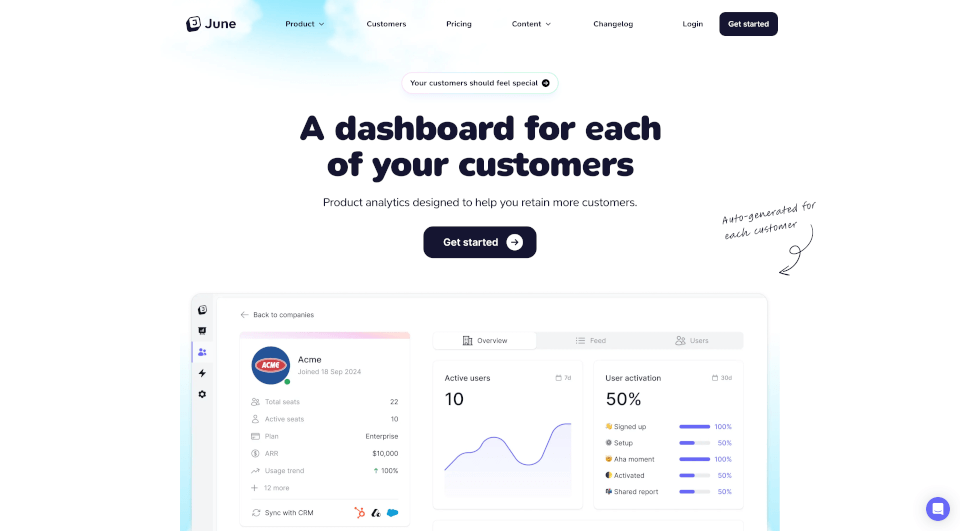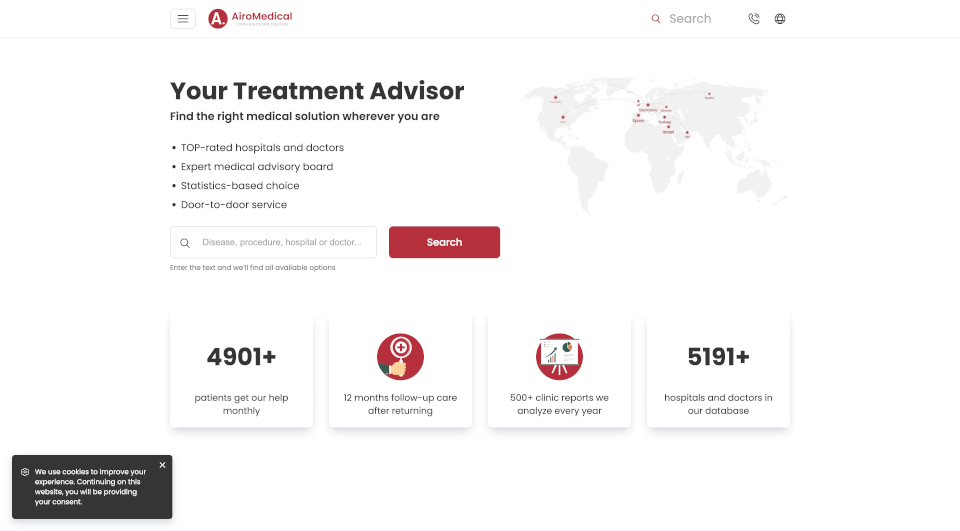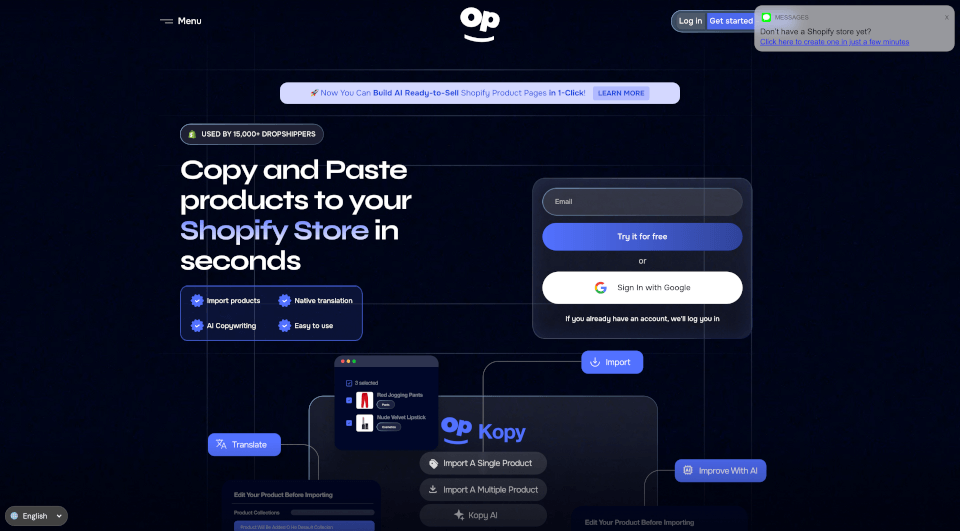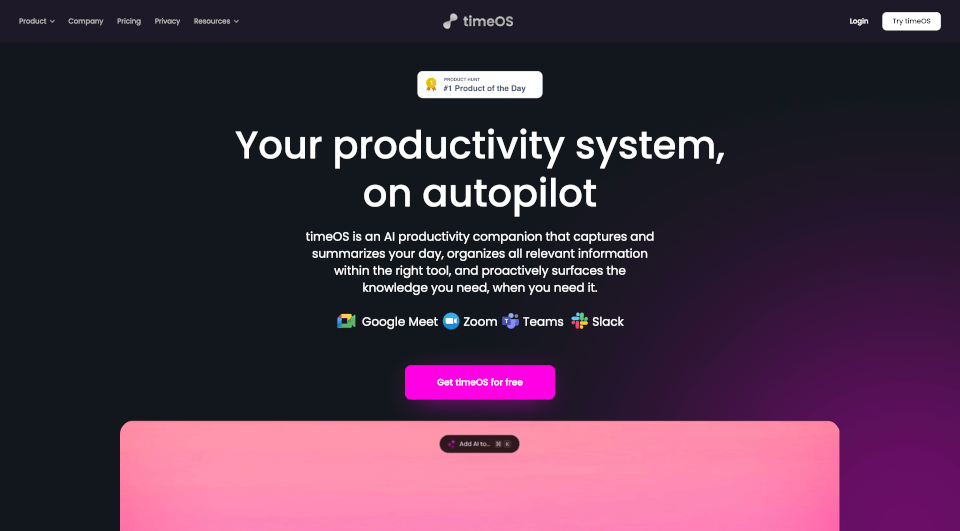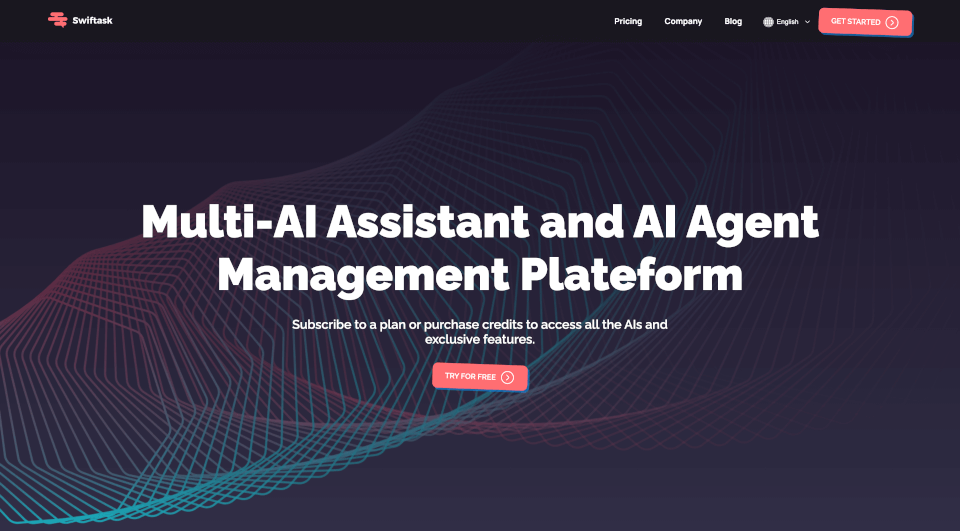What is Nightfall AI?
Nightfall AI is a cutting-edge, AI-native data security platform designed to protect sensitive data like Personal Identifiable Information (PII) and secrets across various modern environments, including SaaS applications, email, and Gen AI applications. As businesses increasingly rely on AI, safeguarding data has become more crucial than ever. Nightfall offers a comprehensive solution to prevent data loss and ensure compliance with regulations such as HIPAA, PCI, GDPR, and CCPA.
What are the features of Nightfall AI?
Comprehensive Data Loss Prevention (DLP)
Nightfall AI employs advanced AI-native detection capabilities to continuously monitor and protect sensitive data in real time. This proactive approach helps organizations reduce the risk of data breaches and unauthorized access to critical information.
Data Detection & Response
With Nightfall's sophisticated detection engine, businesses can identify and remediate data risks from various file types, including unstructured data. This means you can catch vulnerabilities before they lead to serious issues.
Data Exfiltration Prevention
Nightfall allows organizations to see the complete lineage of sensitive data and take immediate action to prevent both inadvertent and malevolent transfers. This feature ensures that data stays secure, whether being accessed from a cloud application or an endpoint.
Human Firewall
Nightfall not only protects data but also educates users. By inviting employees to correct mistakes themselves—like inadvertently posting API keys in public channels—Nightfall empowers teams to take responsibility for data security.
Extensible Workflows
Nightfall's platform allows for automated remediation at both the admin and user levels. This feature speeds up the response time to potential incidents, allowing security teams to focus on critical issues rather than be bogged down with false positives.
What are the characteristics of Nightfall AI?
- AI-Native Technology: Nightfall integrates artificial intelligence to enhance detection accuracy and improve the overall effectiveness of data protection measures.
- User-Friendly Dashboard: The platform features an intuitive console that provides instant visibility into policy violations, impacted assets, and actions taken.
- Comprehensive Coverage: Nightfall covers all major SaaS applications, including Slack, GitHub, and Microsoft 365, allowing for widespread protection without intrusive agents.
- Customizable Policies: Users can tailor policies to suit their organization's specific needs, ensuring that the most sensitive data is monitored correctly.
What are the use cases of Nightfall AI?
-
Prevent Secrets Sprawl: Organizations can use Nightfall to avoid the risky sharing of intellectual property and confidential data across unsecure SaaS locations. The platform identifies potential leaks before they occur.
-
Ensure Data Compliance: With increased regulations around data privacy, businesses can implement Nightfall to help maintain compliance with industry standards, including HIPAA, PCI, and CCPA.
-
Secure AI Usage: As more businesses employ AI in their operations, Nightfall safeguards sensitive data used in AI model building, mitigating the risk of unauthorized access and data leakage.
-
Automate Sensitive Data Encryption: Nightfall automatically encrypts sensitive data before it departs from the organization's network, preserving confidentiality during outbound communication.
-
Risk Management in Healthcare: The healthcare industry can benefit from Nightfall by ensuring that patient health information (PHI) is kept private, reducing the possibility of data breaches.
How to use Nightfall AI?
To get started with Nightfall AI, organizations should follow these steps:
- Sign Up: Create an account on the Nightfall platform.
- API Quickstart: Utilize the API documentation to integrate Nightfall with existing apps and workflows.
- Setup Detection: Leverage the detection playground to test the engine against various data types.
- Monitor and Remediate: Utilize the dashboard to monitor sensitive data sharing and implement remediation actions as needed.
